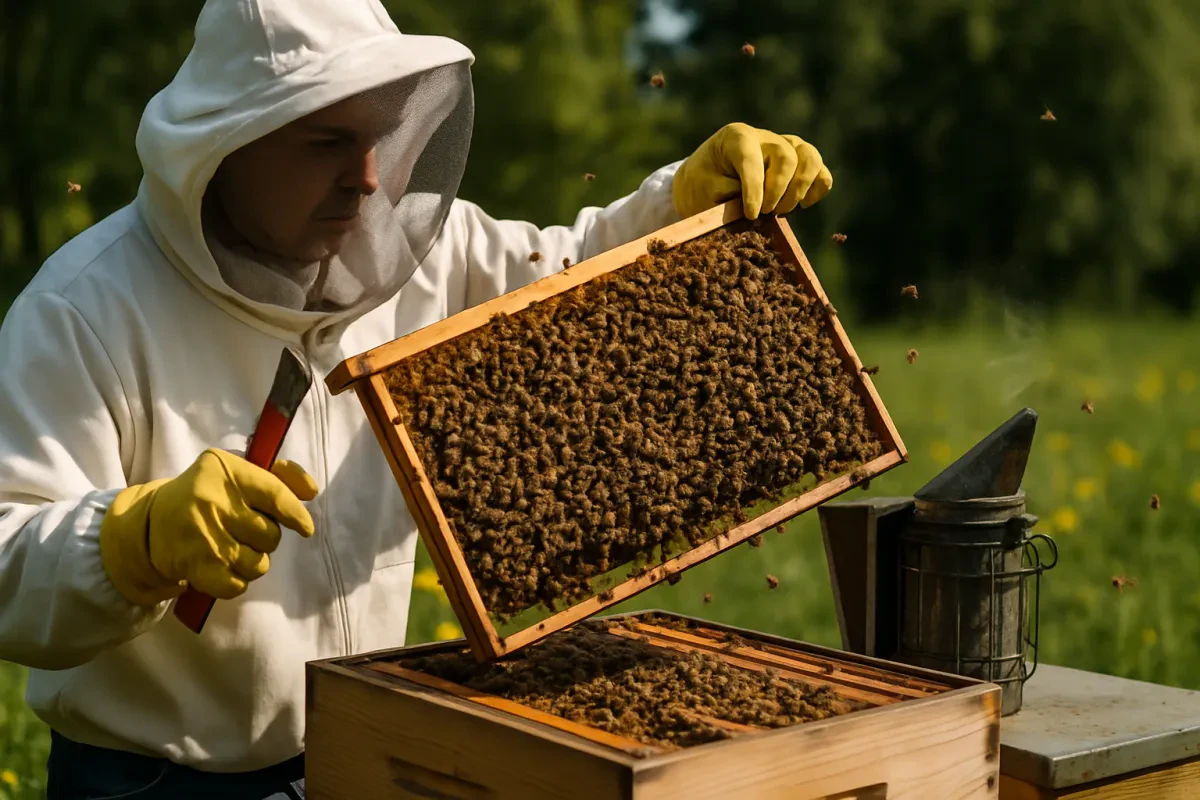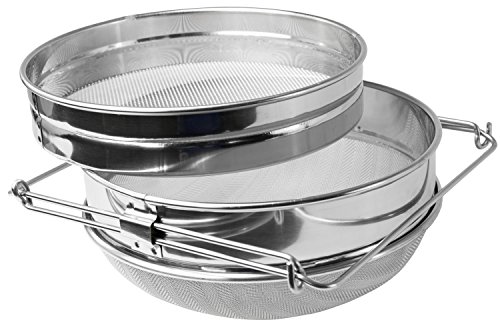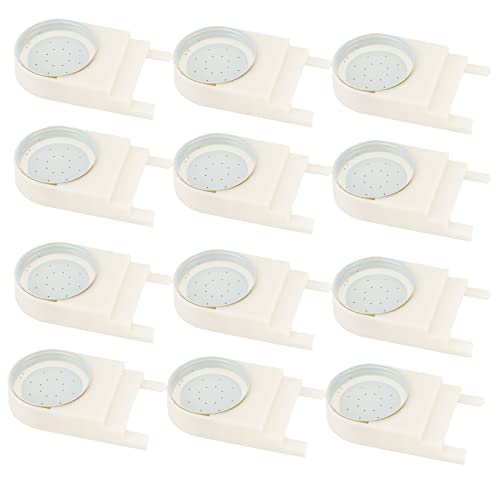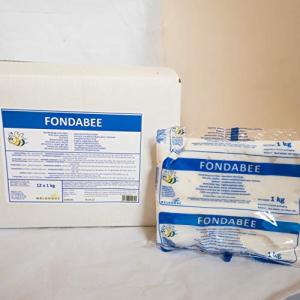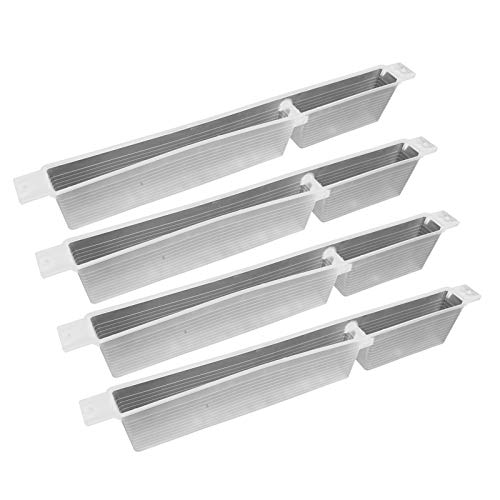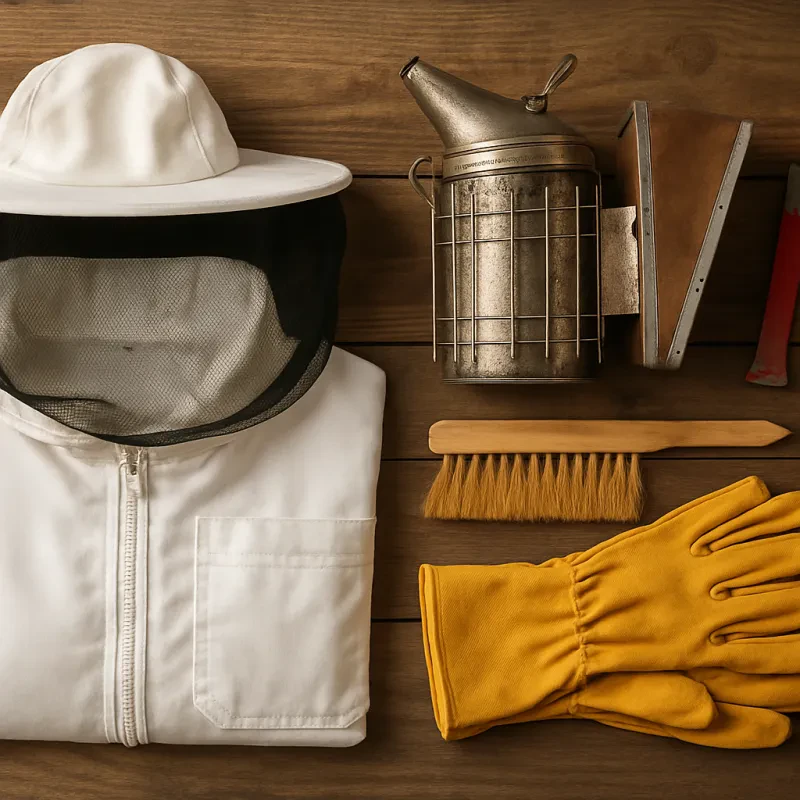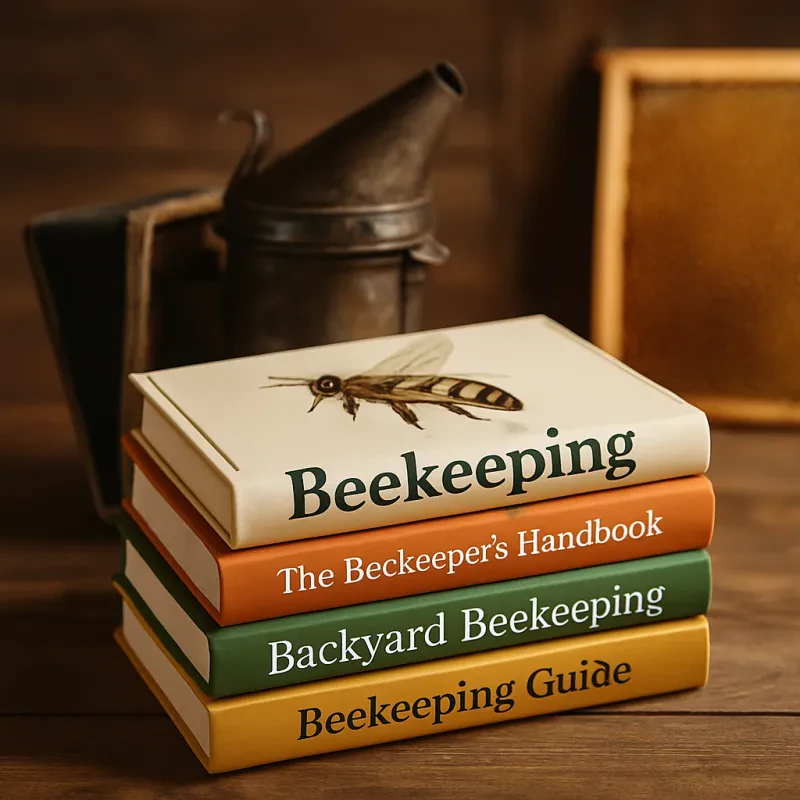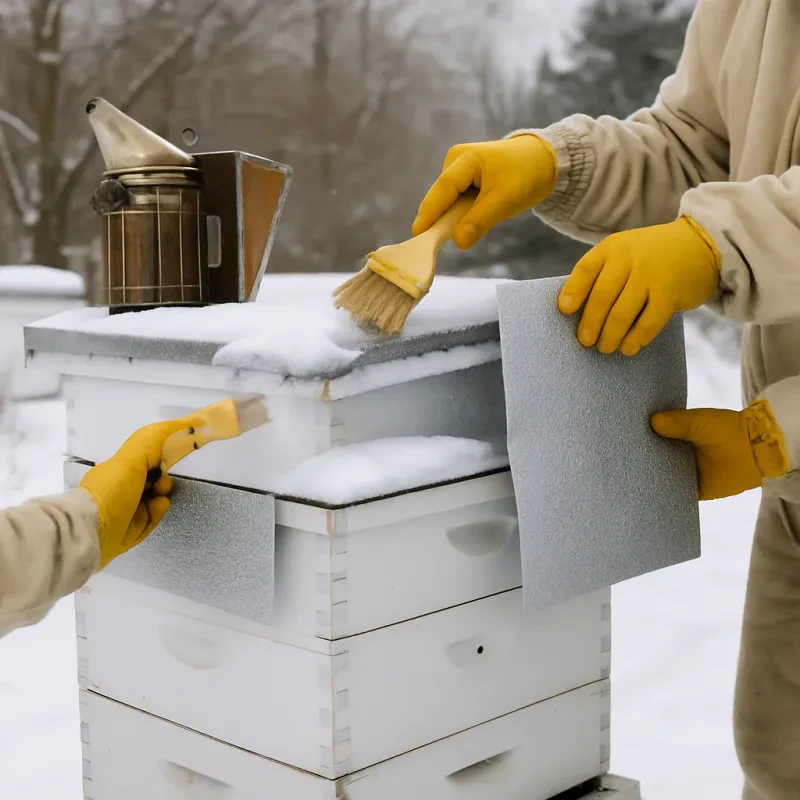Getting into beekeeping might feel a bit overwhelming at first, but it can be a thrilling journey. Here are some easy steps to set you on the right path. These bee keeping tips for beginners will help you feel confident as you start this exciting hobby.
First, do your homework. Read books, watch videos, and join local beekeeping clubs. Learning from experienced beekeepers will give you valuable insights and hands-on tips. Don’t hesitate to ask questions; the beekeeping community is friendly and ready to help!
Next, choose the right equipment. You’ll need a bee suit, gloves, and a smoker at the very least. A hive kit is essential too; make sure to pick a reputable brand. Look for kits that include everything you need to get started and check reviews. Quality tools make your beekeeping experience smoother.
Once you have your gear, it’s time to install your hive. Find a sunny, dry spot that offers some shelter from wind. It's best to place your hive at least three feet off the ground. This helps keep the bees secure and healthy. Don't forget to check local regulations about hive placement!
Finally, get your bees! You can buy a package of bees or a nucleus colony (nuc) to kick things off. Follow the instructions for introducing them to their new home. Make sure to monitor them regularly and keep an eye on their behavior. With patience and care, you'll be setting off on your beekeeping adventure in no time. These bee keeping tips for beginners are here to guide you every step of the way!
Choosing the Right Beekeeping Equipment
When you're diving into beekeeping, picking the right equipment can feel a bit overwhelming. It's like trying to find the best tools for a new hobby. But don’t stress! Focusing on the essentials makes it easy. Here are some key items to consider as you embark on this sweet journey.
First off, you'll need a sturdy beehive. There are different styles, like Langstroth, Top-Bar, and Warre hives. Langstroth hives are popular because they're easy to manage and expand as your bee colony grows. If you want something a bit simpler, a Top-Bar hive might be your best bet. Whatever you choose, make sure it’s built to last, as your bees deserve a cozy home.
Next, invest in protective gear. A good bee suit, gloves, and a veil will keep you safe while working with your bees. Look for something that fits well and allows you to move comfortably. You don’t want to feel restricted as you learn these Bee Keeping Tips For Beginners. A good smoker is another must-have. It calms the bees when you’re working in the hive, making everything smoother for both you and your buzzing buddies.
Finally, consider the tools. A hive tool is essential for opening your hives and scraping off excess wax. A bee brush is handy for gently moving bees without harming them. You might also want a honey extractor if you plan to harvest honey. These items will make your beekeeping experience much easier and way more enjoyable.
Honey Strainer: Double Sieve Stainless Steel Beekeeping Tool
Effortlessly Filter Unfiltered Honey with a Double Sieve Stainless Steel Beekeeping Tool
Product information
£26.45 £22.67
Product Review Score
4.58 out of 5 stars
92 reviewsProduct links
Caring for Your Bees Daily
Caring for your bees should be a daily routine that keeps your hive healthy and thriving. It’s not just about checking in now and then; you want to make it a habit. Here are some practical Bee Keeping Tips For Beginners to help you along the way!
First off, a quick visual check of your hive goes a long way. Simply look for signs of activity at the entrance. Are the bees buzzing around? Great! If you notice fewer bees or a change in behavior, it could indicate a problem. Spend a moment observing their activity. If they seem too aggressive or too lethargic, it’s time to dig deeper.
Next, check the food supply. Bees work hard, and every now and then, they might need a little help. Make sure they have enough sugar syrup or pollen patties, especially in the early spring or late fall when resources can be low. A little extra nutrition can boost their health and productivity.
You also want to keep an eye on the overall cleanliness of your hive. Keep the area around the hive tidy to prevent pests and diseases from spreading. Remove any dead bees and debris to create a healthy environment for your buzzing friends. Regular clean-ups make a big difference in hive health.
Finally, if you spot any signs of pests like Varroa mites or wax moths, tackle them right away. A small problem can quickly become a big one if left unchecked. Keeping your bees healthy is a top priority, and staying proactive is one of the best Bee Keeping Tips For Beginners you can follow. These daily checks will not only help ensure your bees thrive but will also allow you to enjoy watching their fascinating behavior!
Harvesting Honey Like a Pro
Harvesting honey can feel like a big deal, but it doesn’t have to be stressful. With a little practice and some handy tools, you’ll be reeling in that golden goodness in no time. Here are some straightforward tips to get you started on the right foot.
First, timing is everything. Wait for a sunny day when the bees are less active. Early in the morning or late in the afternoon works well. Just make sure the honey is capped before you go in. Capped honey means the bees have sealed it with wax, and that’s when it’s ready to harvest.
Now that you've got the frames, it’s time to extract that sweet stuff. A honey extractor makes this process super simple. You can spin the frames and the honey comes flying out. If you don’t have one, don’t stress; you can crush the comb method too. Just remember to strain the honey to get rid of any leftover bits of wax.
